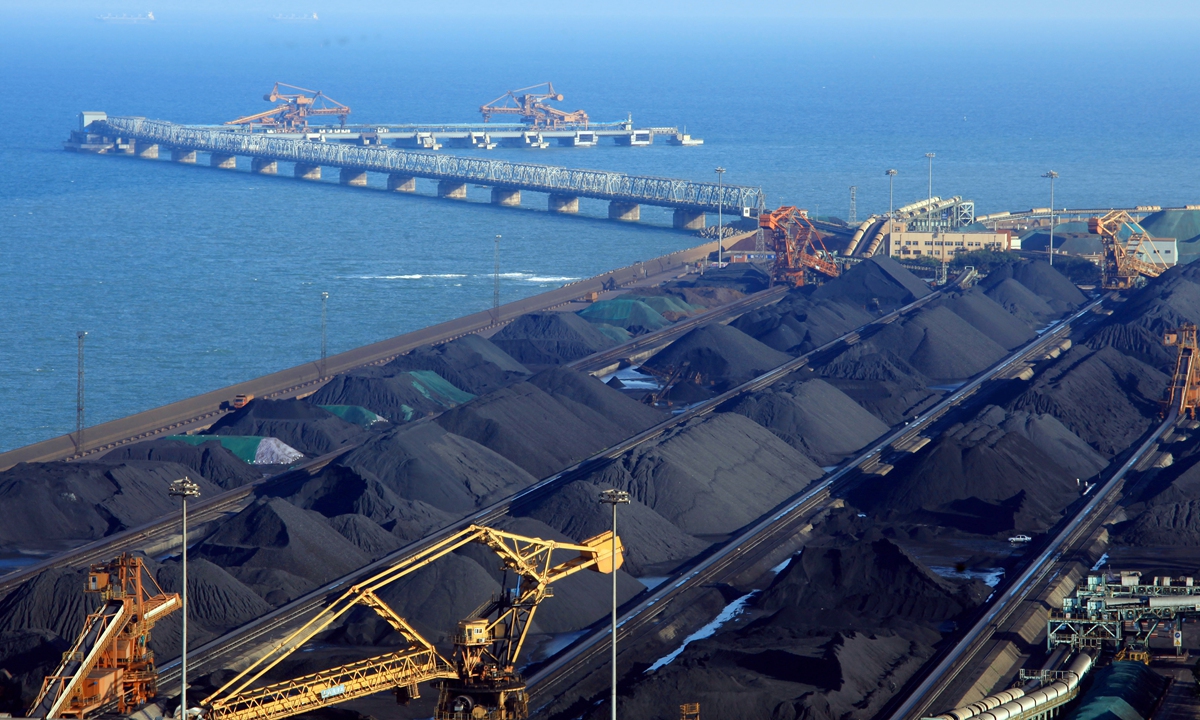NGEN
Subscribe to receive a daily lesson on human evolution.
|
Coal: The Most Mined Mineral on Earth The Rock That Changed the World Coal is a combustible black or brownish-black sedimentary rock formed from ancient plant matter subjected to intense heat and pressure over tens to hundreds of millions of years. Coal opened the door to massive industrialization and, because of this, consumption. It drove economic growth and helps to power electricity grids. It really is a rock that changed our world. Its transformation, known as coalification, takes place over millions of years as plant debris turns into peat and eventually progresses into lignite, sub-bituminous, bituminous, and finally anthracite—the highest-grade coal. Coal is primarily made of carbon, but also contains hydrogen, sulfur, oxygen, and nitrogen. Its carbon content determines how efficiently it burns and how much energy it produces. Types of Coal
When Did Humans Start Mining Coal? Coal has been mined for over 5,000 years, beginning in ancient China around 3,000 BCE for heating and to make fire. The Romans used coal in Britain, and by the 12th century, coal mining had become a local industry in medieval England. During the Industrial Revolution, coal use exploded, powering steam engines, metal foundries, railways, and the first electric grids. This us to the the age of coal.
Uses of Coal Coal:
Coal Becomes Electric Power The burning of coal is central to many countries’ energy infrastructure. Here's how coal becomes power:
Lee Patrick Sullivan explains the system that generates electricity, starting with Mother Nature up until the electric grid: Energy 101: Electricity Generation Traditional coal plants are about 33–40% efficient, while newer ones can reach 45% with advanced technology. How Abundant Is Coal? Coal is one of the most abundant fossil fuels on Earth. As of 2023, the world has about 1.16 trillion short tons of recoverable coal, enough to last over 100 years at current consumption rates. Top 5 Countries by Coal Reserves: United States – 22% Russia – 15% Australia – 14% China – 14% India – 11% Coal deposits exist on every continent except Antarctica, making it a widely accessible energy resource. However, abundance doesn’t equal sustainability. While there’s plenty of coal left, the environmental costs of using it are steep, and global demand is expected to gradually decline as countries invest in renewables. Global Coal Production: How Much Is Mined? Approximately 8.9 billion tonnes of coal are mined annually. The top producers include: China – 4.66 billion tonnes in 2023 India United States – 577.9 million short tons Russia Australia Environmental Impact of Coal
Additionally, coal mining scars landscapes, destroys ecosystems, and often results in toxic runoff and groundwater contamination. The Rock that Changed the World - by Let' Go Geo The Transition Away from Coal Coal really did change the world. Thanks for this million-year old natural matter we've been able to experience the rise of complex economies powered on widely available of massive amount of electricity. However, the contaminating processes of transforming coal into energy and outputs such as steel, for example, are highly costly due to their toxicity. In response to climate change, biodiversity loss and rampant pollution, nations and peoples are investing in potentially cleaner energy sources: Biogas Biochar and hydrochar Solar and wind power Battery storage systems Green hydrogen Carbon capture technologies (CCS) Although coal is still deeply embedded in global energy systems and is sometimes even used to power the original grids of "clean energy" sources, the tide is shifting toward decarbonization. Coal’s Legacy and the Road Ahead Coal shaped the modern world—from the Industrial Age to today’s digital infrastructure. But its legacy is double-edged: economic growth and environmental damage. Going forward, the world must balance energy needs with ecological responsibility, phasing out coal in favor of renewables while managing a just transition for communities dependent on coal industries. Key Takeaways Coal is the most mined mineral globally, with nearly 9 billion tonnes extracted annually. It forms over millions of years and comes in four grades. Humans have used coal for over 5,000 years, with modern mining starting in the 12th century. Coal powers electricity, steel, cement, and industry. It’s abundant, but also the dirtiest fossil fuel in terms of emissions. The future lies in renewables, but coal remains a transitional power source. DAILY NGEN TIP: We can each look for possible ways substitute coal power for another kind of energy and/or heat source that is more sustainable. |
NGEN
Subscribe to receive a daily lesson on human evolution.
